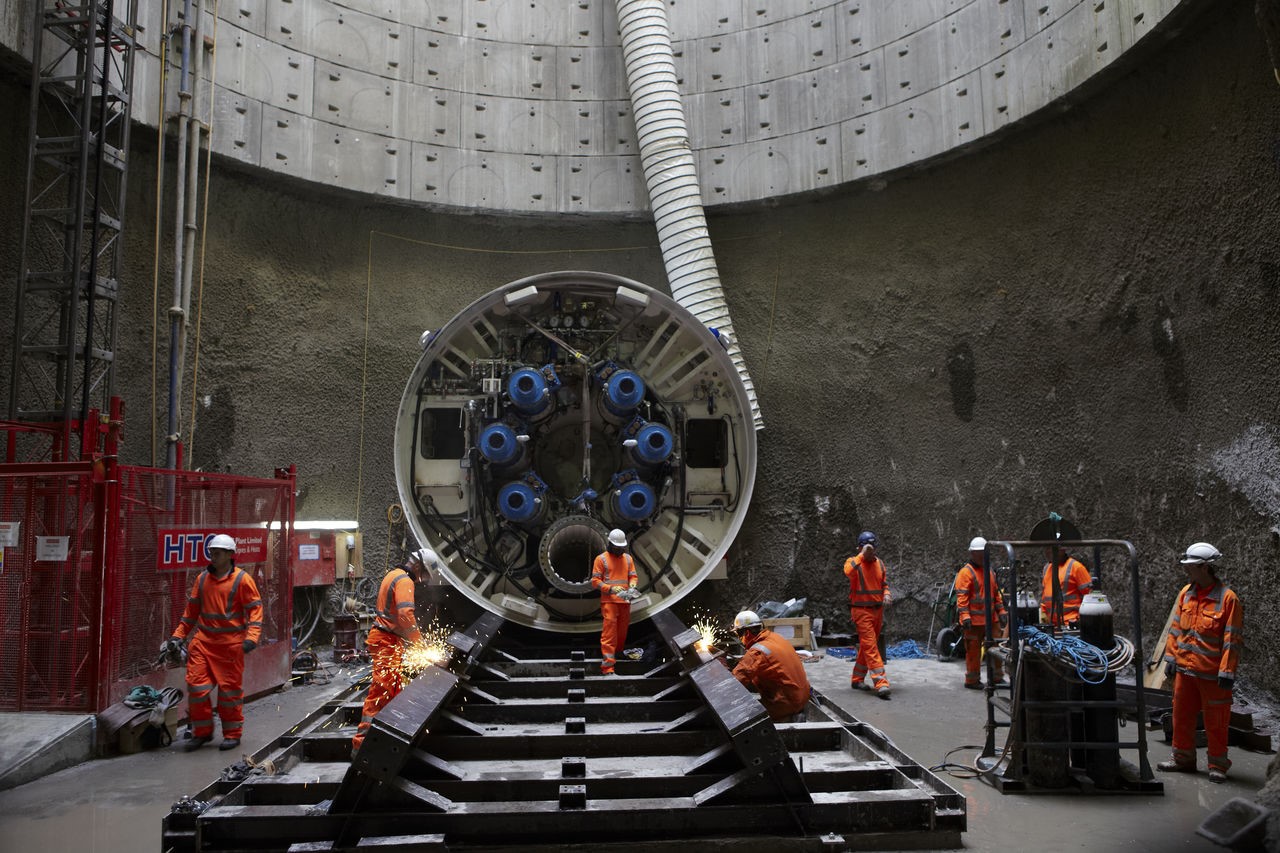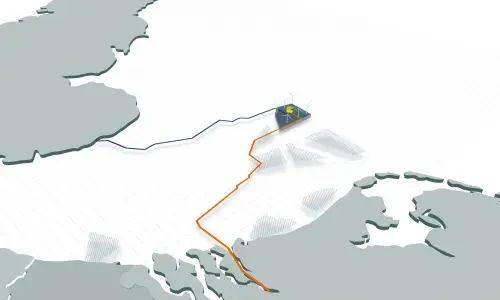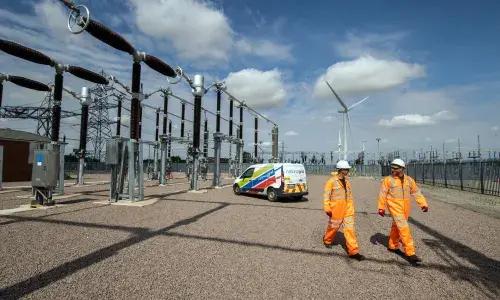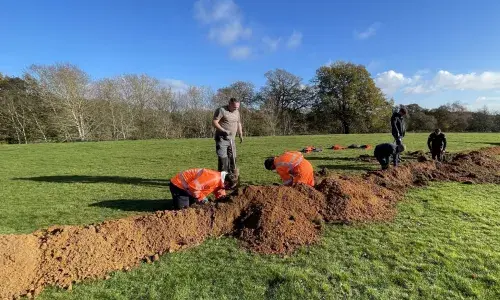
National Grid announce contractors for £1billion project to rewire London
National Grid has agreed a six-year contract with HOCHTIEF-MURPHY Joint Venture (HMJV) in a contract worth around £400m
National Grid has agreed a six-year contract with HOCHTIEF-MURPHY Joint Venture (HMJV) to deliver the tunnelling and shaft work of the second phase of its London Power Tunnels (LPT2) project in a contract worth around £400m.
Work is scheduled to start in March next year. The £1bn, eight-year project will see the construction of a 32.5km tunnel which will house electricity transmission cables 30m underground. The new cables will replace three circuits that currently run under the surface of roads between Wimbledon in the southwest to Crayford in the southeast.
The project has been developed to minimise disruption for Londoners, eliminating the need to dig up the existing cable infrastructure, which is now more than 50-years-old and reaching the end of its life.
National Grid’s UK Executive Director, Nicola Shaw said: “This contract award is a major milestone in the next phase of the London Power Tunnels project and will help ensure the capital has secure, reliable access to electricity to meet the energy demands of the future.”
Murphy CEO John Murphy said: “I’m looking forward to building on our relationship with National Grid and playing our part in securing the region’s power supply and supporting the economy for years to come. We have a great track record of working with HOCHTIEF on major projects in London, and I’m pleased we will be able to do so again on this new tunnel.”
HOCHTIEF (UK) Managing Director, Lawrence Jackson said: “We are delighted to be delivering this important project with our partner Murphy for National Grid and for the betterment of London’s long-term energy infrastructure. We look forward to our successful collaboration on this contract and its contribution to the overall scheme.”
The first phase of the London Power Tunnels project was completed in 2018. The capital was rewired from Hackney in the east to Willesden in the west, and from Kensal Green to Wimbledon via deep underground tunnels to meet increasing electricity demand. By building underground tunnels, there was less disruption and the additional electricity capacity put in place meant London had greater access to renewable generation from offshore windfarms connecting to the grid in the southeast.
Contact for media information only
Press Officer (Monday, Tuesday, Thursday and Friday)
Helen Blake
[email protected]
+44 (0)7790 824788
+44 (0)1926 655619
Notes for editors
National Grid is pivotal to the energy systems in the UK and the north eastern United States. We aim to serve customers well and efficiently, supporting the communities in which we operate and making possible the energy systems of the future.
National Grid in the UK
- We own and operate the electricity transmission network in England and Wales, with day-to-day responsibility for balancing supply and demand. We also operate, but do not own, the Scottish networks. Our networks comprise approximately 7,200 kilometres (4,474 miles) of overhead line, 1,500 kilometres (932 miles) of underground cable and 342 substations.
- We own and operate the gas National Transmission System in Great Britain, with day-to-day responsibility for balancing supply and demand. Our network comprises approximately 7,660 kilometres (4,760 miles) of high-pressure pipe and 618 above-ground installations.
- Other UK activities mainly relate to businesses operating in competitive markets outside of our core regulated businesses; including interconnectors, gas metering activities and a liquefied natural gas (LNG) importation terminal – all of which are now part of National Grid Ventures. National Grid Property is responsible for the management, clean-up and disposal of surplus sites in the UK. Most of these are former gas works.
Find out more about the energy challenge and how National Grid is helping find solutions to some of the challenges we face at Our energy future.
National Grid undertakes no obligation to update any of the information contained in this release, which speaks only as at the date of this release, unless required by law or regulation.


